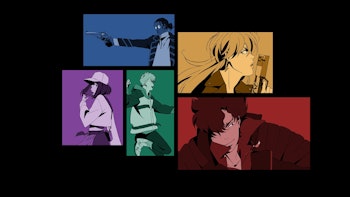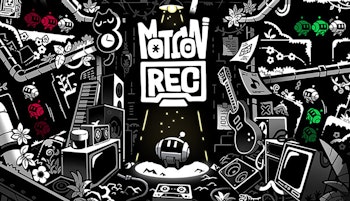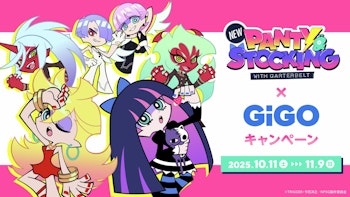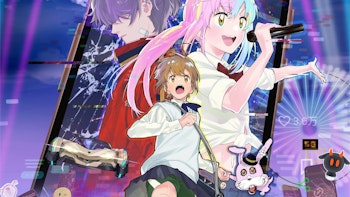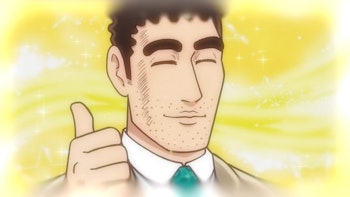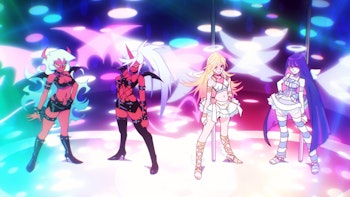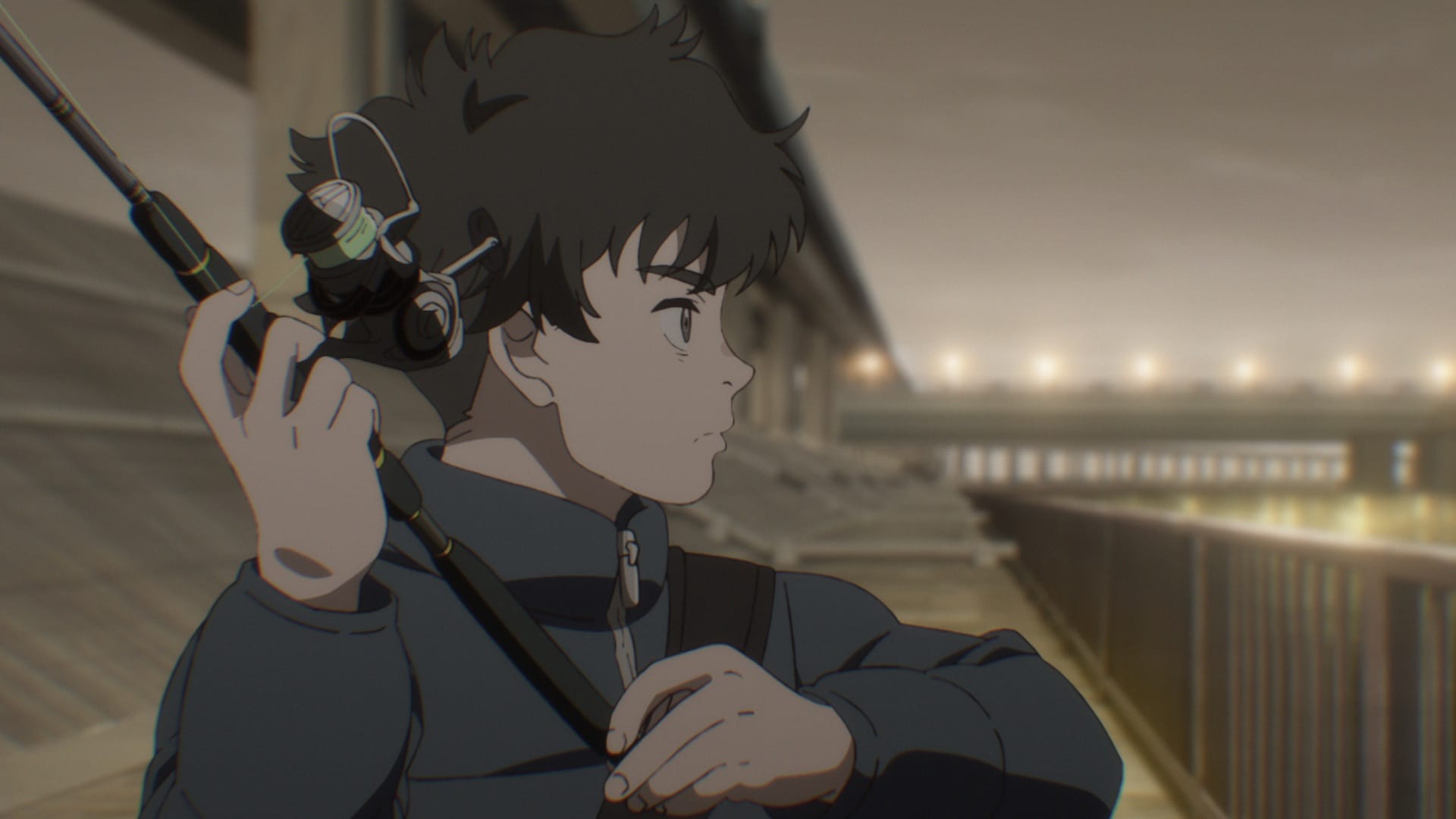
Negative Positive Angler aired without too much fanfare as part of a busy Fall 2024 season. The original anime series highlighted the small joys of casual fishing in a city, focusing on the everyday life of a depressed, debt-ridden NEET named Tsunehiro Sasaki. One day, as he was about to drown in the river, he’s suddenly saved by a group of amateur anglers on a boat.
On the surface, the anime is a slow slice of life show about a close group of people casually fishing. However, it’s also a meaningful series and character study that examines life’s purpose and the small ways to change it. Or, at the minimum, it asks how we can adjust our thinking towards making those changes. These are big questions to digest, but the anime subtly addresses them by examining Tsunehiro as the focal point in his newfound friendships.
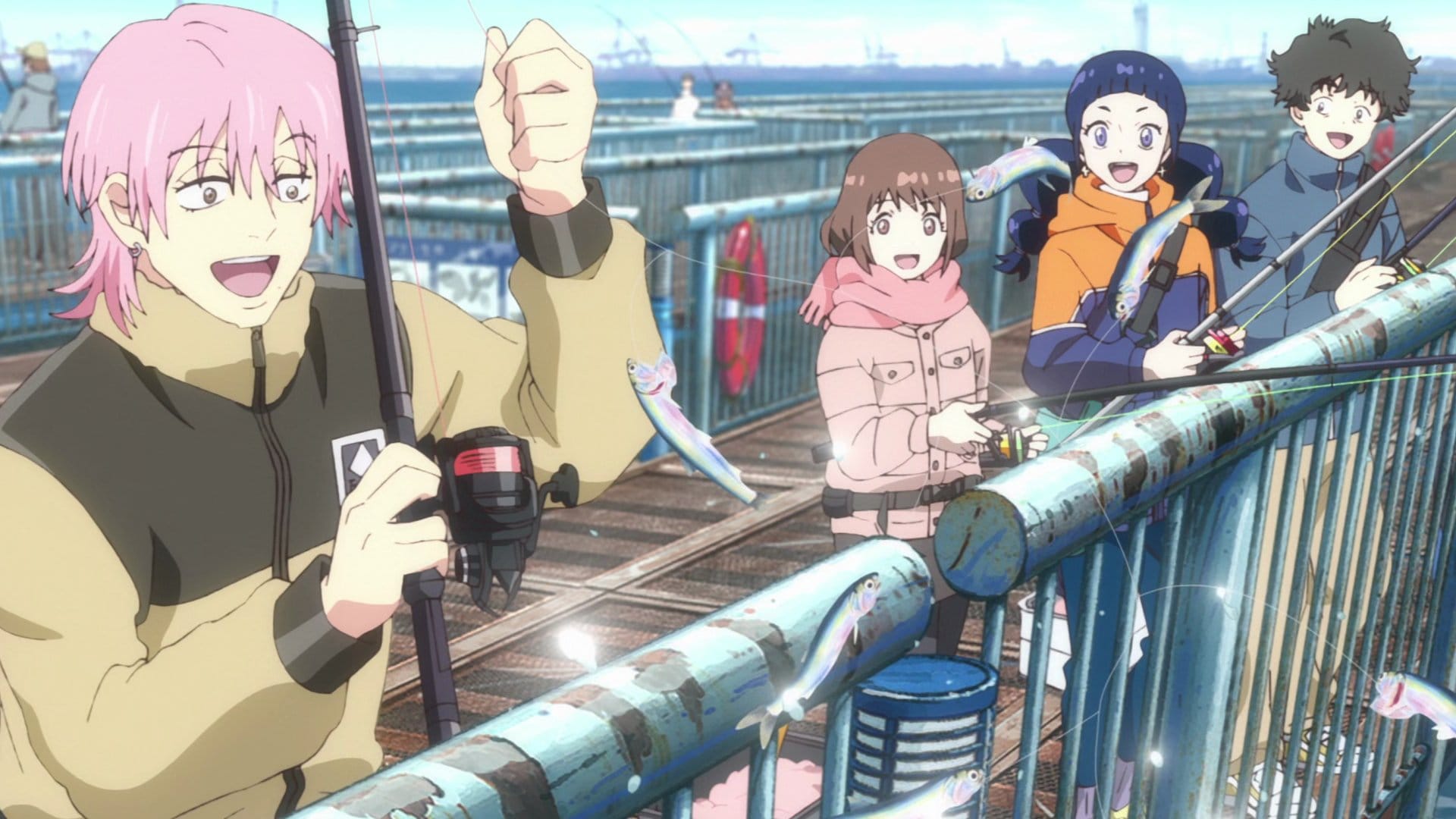
I’m a sucker for anime with well-developed characters that work towards maturity. Negative Positive Angler is one such series that shows the complex dynamics of its humble ensemble cast, who all work at a local convenience store. Tsunehiro’s personal journey is reflected with the bonds of his new friends, fishing with them after work, and learning of their history, quirks, skills, and personalities.
Among the new people he meets is the enthusiastic high school angler Hana Ayukawa; the handsome ex-club host Takaaki Tsutsujimori; Hana’s fangirl Kozue Nishimori; the store manager and divorced father Machida; the mysterious deep-voiced Fujishiro; the Thai model and cosplayer Ice; and her friend and home chef Arua.
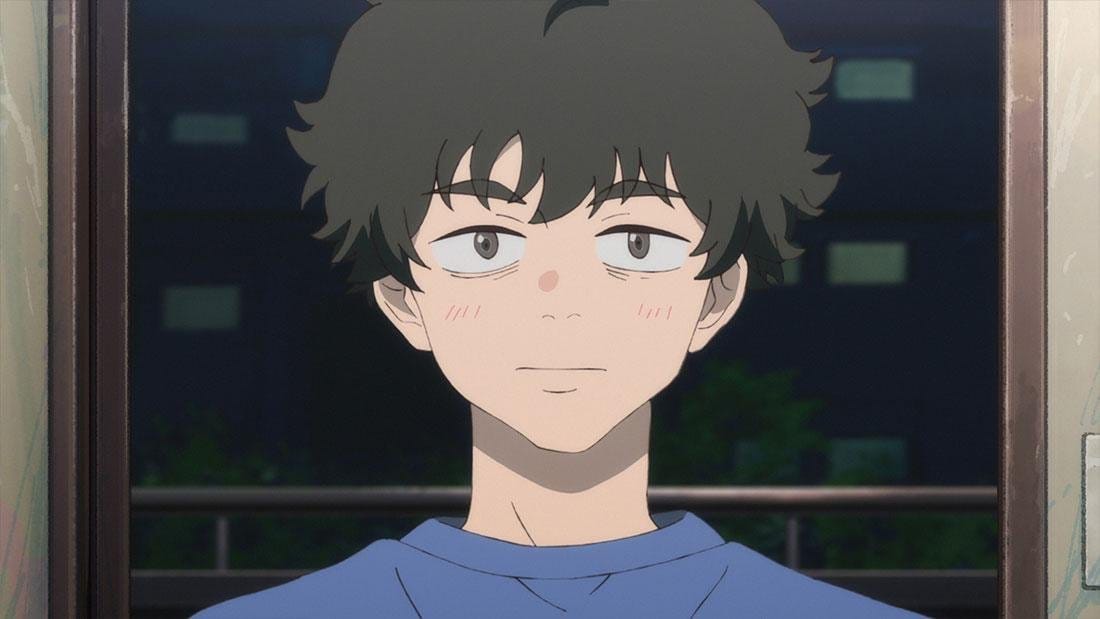
Tsunehiro’s progress of maturity is well contrasted with the journeys of these new friends. In the beginning, he learns he has a terminal illness and has no prospects of a stable career or housing. He’s quite unsure of himself and battles with his low self esteem, compared to the new people he meets that he believes have everything together. However, as he soon realizes, people are always at different stages in their lives and change is constant.
One of the first new friends Tsunehiro meets is Hana, a highly skilled fisher who has a strong grasp of who she is. Fishing guides her life and she develops a competitive rivalry with the reluctant Tsunehiro, who comes to love the activity after being motivated to take it more seriously. Hana’s expressive passion to fish for the biggest catches gives him a much-needed distraction and reprieve from his mundane life.
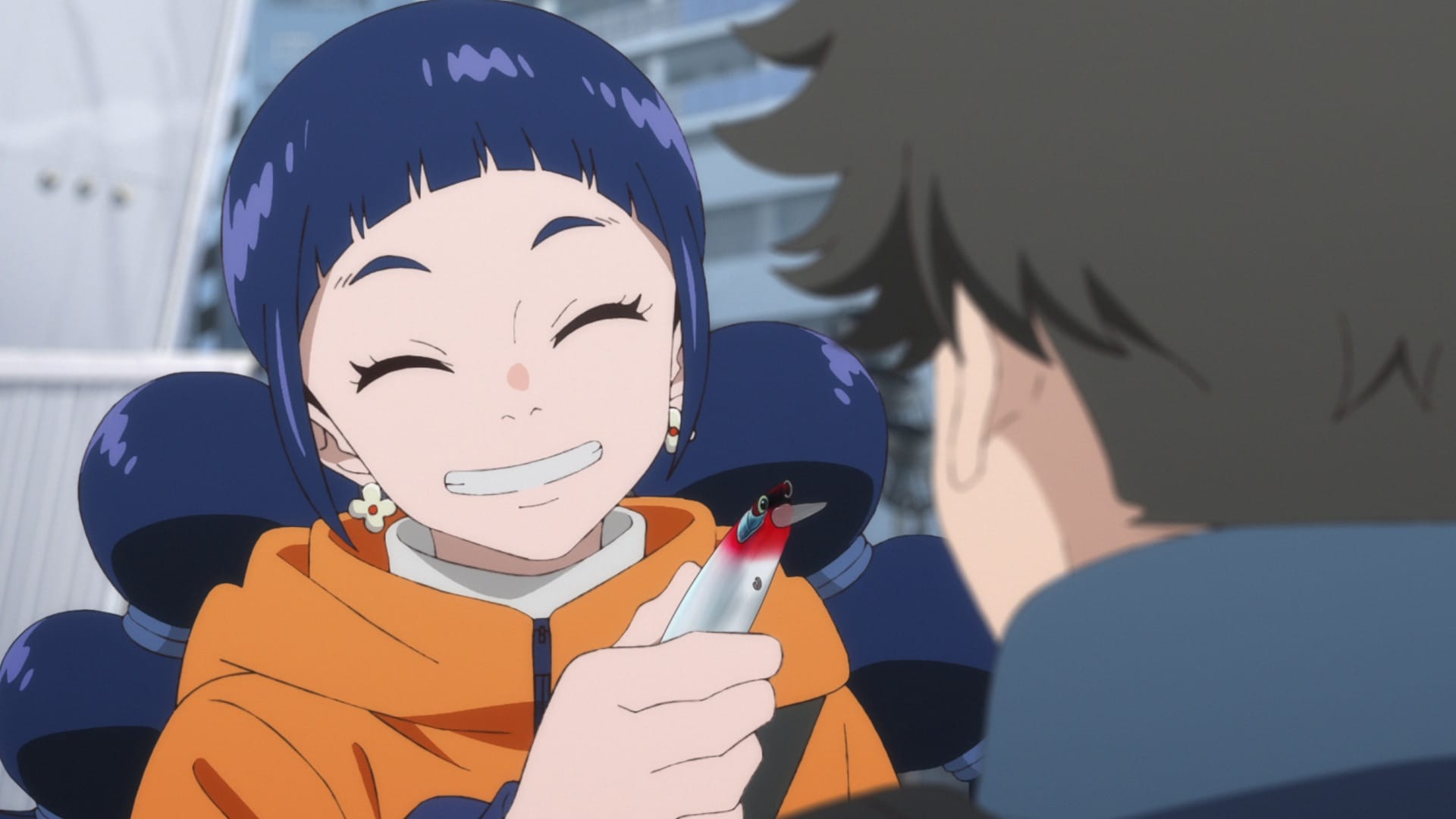
Tsunehiro also meets the model and cosplayer Ice — an anime/manga otaku from Thailand. She came to Japan because of its pop culture staples and doesn’t hesitate to share her hobbies and feelings. Ice connects with Tsunehiro by talking about her travel experiences outside her home country and venturing into Japan by herself. She’s broadened her horizons in order to venture out of her own comfort zone and live out her best life. Her personality greatly contrasts to Tsunehiro, who is still figuring himself out and what he wants to do. They find an understanding after their conversation, inspiring him to continue trying new activities like fishing, even if he’s not good at it.
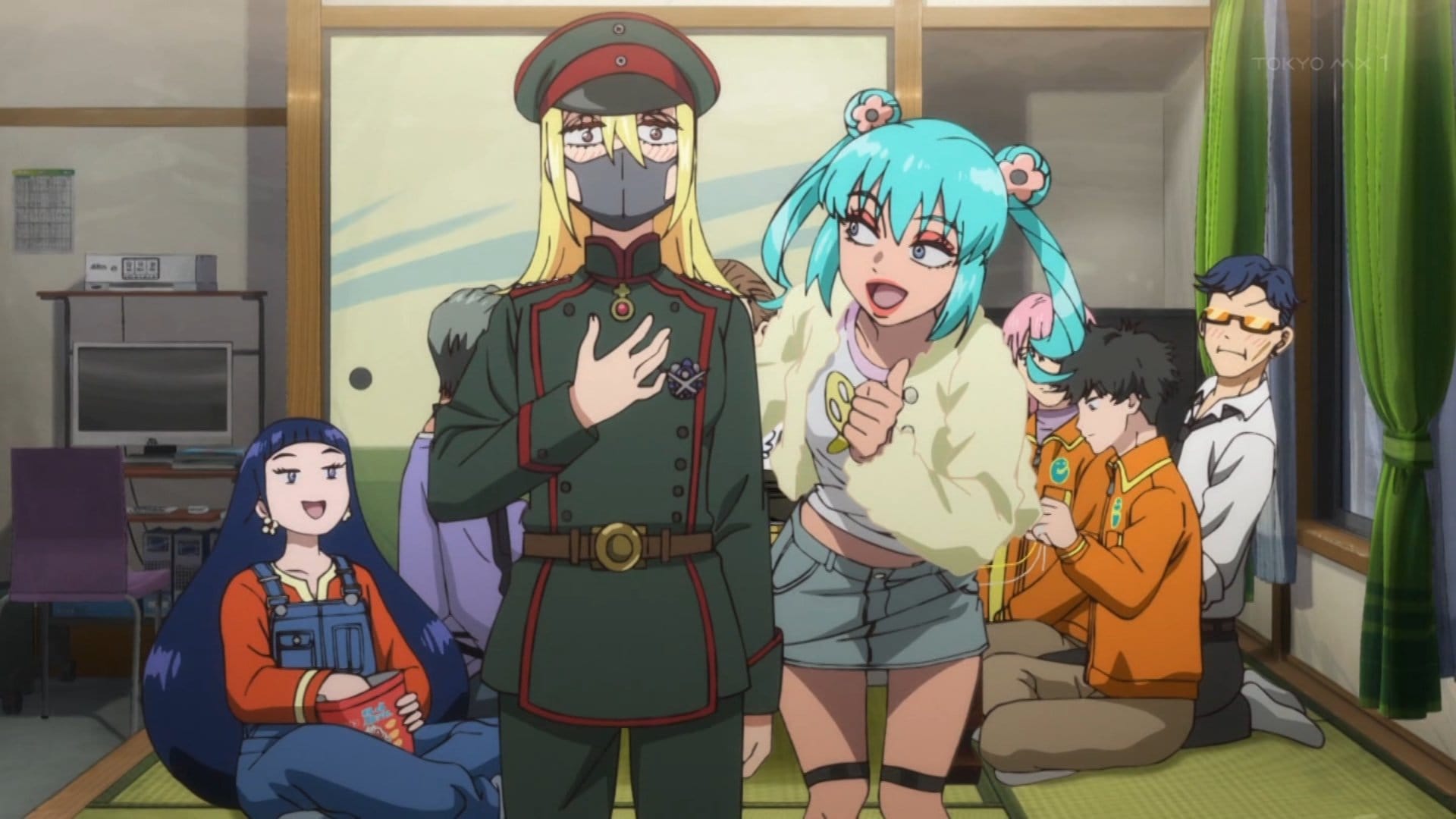
However, Tsunehiro’s strongest relationship is with Takaaki. The latter saved him from drowning, paid off his debt, and let him stay at his apartment as a roommate. The reason why he did so was because he saw a lot of his late younger brother in Tsunehiro, who died of a similar chronic ailment prior to the story. His brother’s death continues to affect him in the series, creating some friction between the two that gradually builds over time.
Their tense friction comes to a climax in the 10th episode “Tsunehiro and Takaaki,” when Takaaki pressures Tsunehiro to return to the doctor and seek treatment. This became his own way of atoning for not being there for his brother when he needed to. His brother loved fishing like him, but resented him for valuing that activity over him. To Tsunehiro, however, Takaaki’s words ring hollow and he calls him out for not visiting his brother’s grave and running away from his problems — something they realize they’re both responsible for. Eventually, they resolve their differences and lingering issues together, agreeing that they should stop avoiding their problems and face them head on.
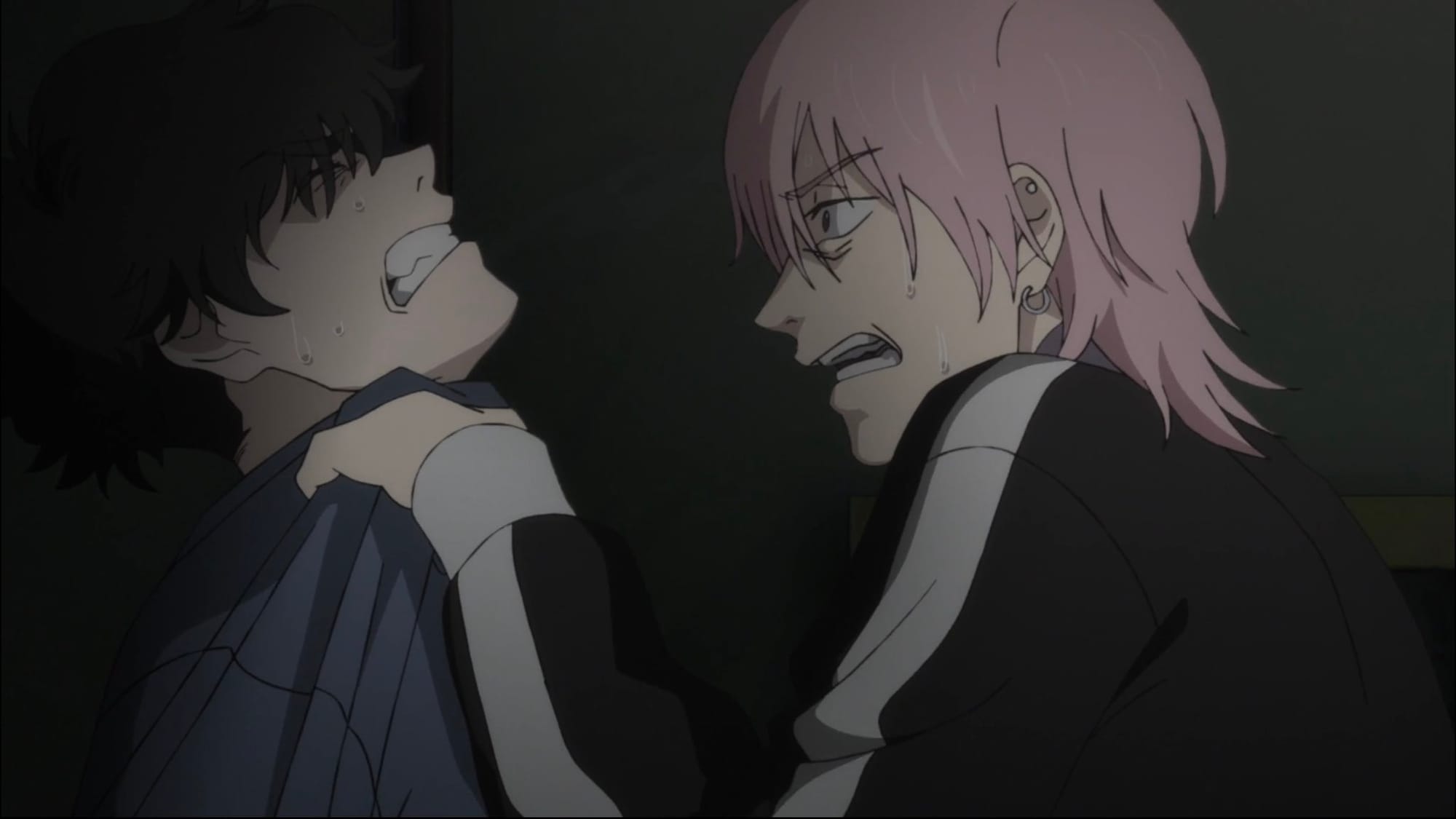
While having a complex protagonist with emotional trauma is compelling, I find that having equally interesting supporting characters like Hana, Takaaki, and Ice can greatly measure and contrast the impact of Tsunehiro’s overall growth.
There’s no real sense of finality and closure for the cast of Negative Positive Angler in the end. Life goes on as expected, but each of them have also grown somewhat thanks to Tsunehiro’s presence. Tsunehiro’s disease is never revealed, but he seems more comfortable with where his life’s currently at, learning to live more fully in the present and continue moving forward.
